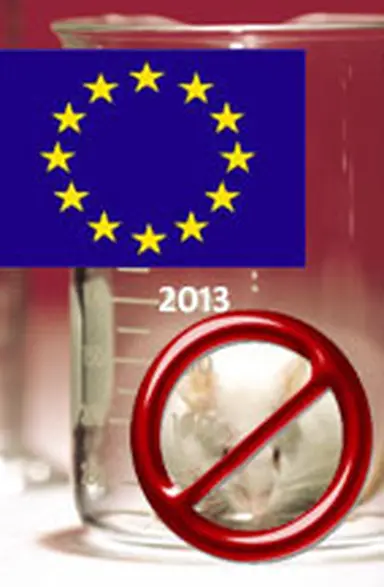
The European Directive on cosmetics requires the phasing out of animal testing. This process was due in different steps, with a total ban in March 2013, and was based, at least in part, on alternative methods to replace animal testing. Eighteen months before the target date, the European Commission has published its report on these alternative methods. Conclusion: not everything will be on-time; reconsidering the target date is not yet planned.
September 15, 2011
Just as a reminder.
• Since 2004, any animal testing of finished
cosmetic products
is banned in the European Union.
• Since 2009, animal testing of ingredients or any combination thereof is banned. Marketing products containing ingredients animal tested after March 2009 is banned in Europe, irrespective of the origin of these tests.
• Until March 2013, exceptions were, nevertheless, allowed, and tests used to check specific effects on the human health (especially the toxicity due to repeated exposures, including the cutaneous sensitization, the carcinogenicity, the reproductive toxicity and the toxicokinetics) are still allowed. Alternative methods shall be validated so that the total ban could be effective on March 13.
Alternative methods: not on time
In its yearly report about the alternative methods, published on 13 September 2011, the European Commission writes that in spite of "the constant search, in Europe and worldwide, for alternative methods", some of these methods will not be available in March 2013.
The European Commission’s report, nevertheless, is optimistic and fingers out the advances made in the development of alternative methods.
"F
ull replacement alternative methods are currently available for skin corrosivity, skin irritation, dermal absorption, and phototoxicity, while eye irritation, acute …













